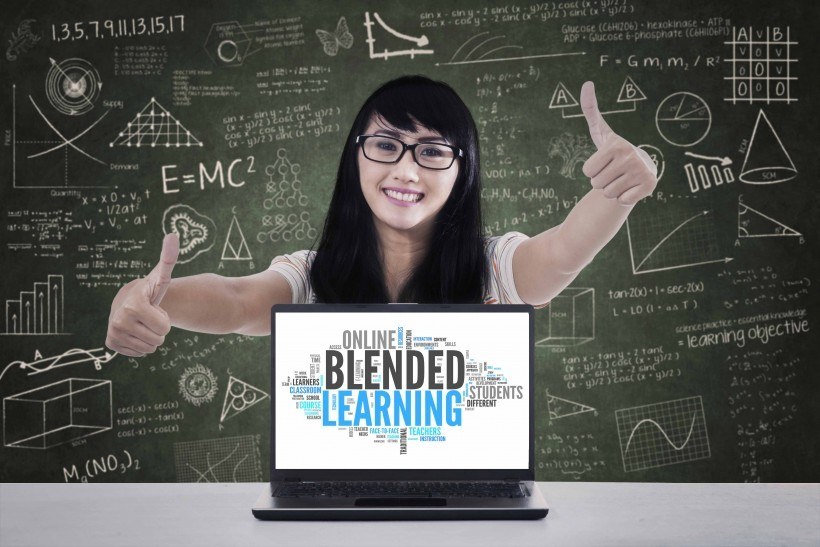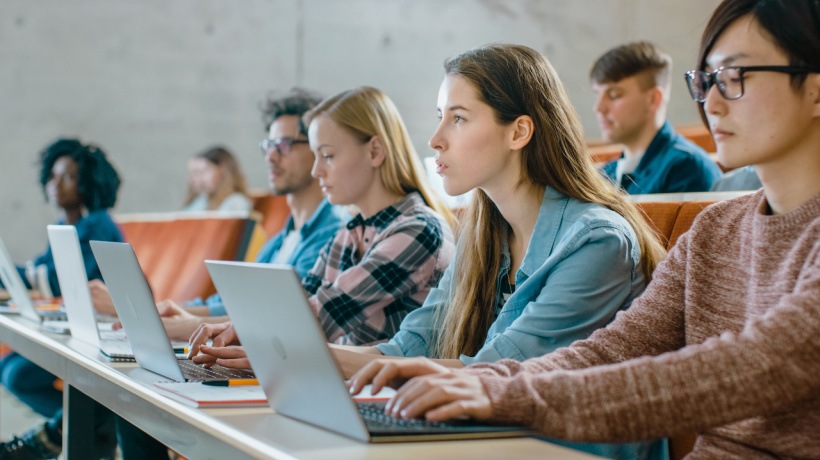Exploring Two Different Approaches Of Learning
In the ever-evolving landscape of education, the battle between blended learning and traditional learning approaches continues to rage on. These two educational paradigms represent distinct methodologies, each with its own set of advantages and disadvantages. As the digital age progresses, the conversation about which is superior intensifies, leaving educators and learners pondering which path to choose. In this comprehensive exploration, we will dissect the concepts of blended learning and traditional learning, weighing their merits, and attempting to discern the most effective route to academic success.
Blended Learning: A Fusion Of Old And New
Blended learning, also known as hybrid learning, represents a seamless integration of traditional, face-to-face classroom instruction with digital, online learning. It is a pedagogical approach that aims to combine the best of both worlds. Key characteristics of blended learning include:
- Online and in-person elements
Blended learning employs a combination of face-to-face classroom sessions and online activities. This blend offers students a diverse learning experience that spans physical interactions and digital engagement. - Flexibility in scheduling
Unlike the rigid schedules of traditional learning, blended learning provides students with more autonomy over their learning pace. They can access online resources and assignments at their convenience, allowing for a personalized learning journey. - Student-centered approach
Blended learning encourages students to take an active role in their education. Online components often involve self-directed assignments, fostering independence and responsibility in learners. - Diverse learning resources
Students enrolled in blended learning programs have access to a wide range of resources, including digital materials, multimedia content, and interactive online platforms. This diversity caters to various learning styles and preferences. - Personalization
Blended learning enables instructors to tailor their teaching approaches to the specific needs of individual students. Learners can progress through material at their own speed and revisit concepts as necessary.
Traditional Learning: The Time-Tested Approach
Traditional learning, often referred to as in-person or face-to-face learning, is the age-old method of education that has stood the test of time. In this model, students physically attend classrooms, engage directly with teachers, and interact with peers. The key attributes of traditional learning include:
- In-person interaction
Traditional learning is characterized by direct, real-time interaction between students and educators. This immediacy facilitates instant feedback, clarifications, and the creation of a dynamic learning atmosphere. - Structured scheduling
Traditional learning adheres to a predetermined schedule, with fixed class times and durations. Students are required to attend classes at specific hours. - Teacher-centric
In a traditional classroom, the instructor plays a central role in content delivery, explanation of concepts, and the facilitation of discussions. - Limited flexibility
Students enrolled in traditional programs often have limited flexibility in terms of their learning pace. They must adhere to the class schedule, which may not cater to individual learning needs. - Limited resources
Learning materials are typically provided in the classroom, with additional resources limited to textbooks and physical materials available in the school or library.
The Advantages And Disadvantages Of Blended Learning
Advantages Of Blended Learning
- Flexibility
Blended learning allows students to learn at their own pace, making it suitable for various learning styles and individual needs. - Enhanced engagement
The inclusion of online resources and interactive activities often results in higher student engagement and participation. - Accessibility
Online components make education more accessible to remote or busy learners who may struggle with the constraints of traditional learning. - Personalization
Blended learning enables instructors to personalize learning experiences, addressing individual needs more effectively.
Disadvantages Of Blended Learning
- Technical challenges
Access to technology and reliable internet is necessary for blended learning, which can be a barrier for some students. - Self-discipline
Blended learning demands strong self-motivation and time management skills, which not all students possess. - Reduced face-to-face interaction
Some students may miss the direct, in-person interaction with teachers and peers that traditional learning provides.
The Advantages And Disadvantages Of Traditional Learning
Advantages Of Traditional Learning
- Direct interaction
In-person interactions facilitate immediate clarification of doubts and questions, creating a dynamic learning environment. - Classroom environment
Some students thrive in a structured, physical classroom setting, finding it conducive to focused learning. - Social interaction
Traditional learning environments foster peer collaboration and networking opportunities, which can be valuable for building relationships and professional networks.
Disadvantages Of Traditional Learning
- Limited flexibility
Fixed schedules in traditional learning may not accommodate the diverse needs of students, including those with work or family commitments. - Limited resources
Traditional learning might lack the variety of resources available in online environments, potentially limiting the depth and breadth of learning. - Accessibility
Geographical constraints can limit access to quality education, particularly in remote or underserved areas.
Finding The Right Balance
The choice between blended learning and traditional learning is not a one-size-fits-all decision. It hinges on a myriad of factors, including educational goals, student preferences, instructor capabilities, and available resources. Many educational institutions recognize the potential benefits of blended learning models that integrate the strengths of both approaches. By combining the richness of face-to-face interactions with the flexibility and accessibility of online resources, educators aim to provide a versatile and effective learning experience that caters to a diverse student body.
Blended Learning In Practice: Success Stories
To better understand the real-world impact of blended learning, let's explore some success stories from educational institutions that have embraced this approach.
- Khan Academy
Khan Academy is a renowned online learning platform that effectively uses blended learning principles. Students can access a wealth of instructional videos and exercises at their own pace, while teachers can monitor their progress and provide personalized support in the classroom. This blended learning model has empowered students to take control of their learning and has resulted in improved academic outcomes. - Rocketship Education
Rocketship Education, a network of charter schools, combines online and in-person instruction to tailor learning experiences for each student. By leveraging technology for core instruction and reserving in-person time for enrichment and support, they have achieved remarkable results, particularly in underserved communities. - Flipped classrooms
The flipped classroom model is a popular form of blended learning. In this approach, students watch video lectures or engage with online materials at home, freeing up classroom time for interactive discussions and hands-on activities. This methodology has proven successful in enhancing student understanding and engagement.
Traditional Learning In Practice: Time-Tested Wisdom
Traditional learning continues to thrive in various educational settings, especially when certain elements of face-to-face instruction are indispensable. Let's look at some instances where the traditional approach remains invaluable:
- Medical education
In the field of medicine, hands-on training and direct interaction with instructors are vital. Medical schools often rely heavily on traditional learning methods to ensure that students acquire the necessary skills and expertise. - Performing arts
Performing arts education, such as music, dance, and theater, heavily relies on face-to-face instruction. The physical presence of instructors and the collaborative nature of these disciplines make traditional learning essential. - Early childhood education
Young children often benefit from the social and emotional development that occurs in traditional classroom settings.








